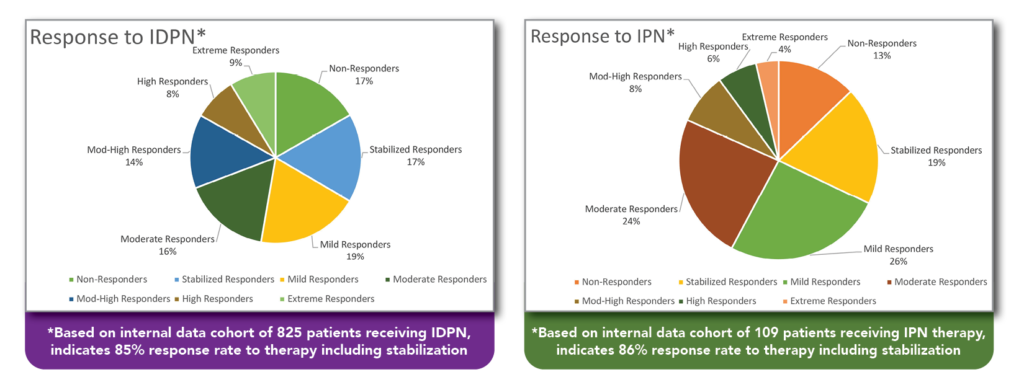
I’m Lori Gabriel, I have been practicing as a specialty pharmacist for 30 years and have loved every minute of it. Thinking back to my nutrition support residency as a new pharmacy graduate, I had the opportunity to work with and learn from some of the best nutrition support dietitians, nurses, and pharmacists. The attending physician for the nutrition support team was head of liver transplant and often prescribed TPN for patients prior to transplant to lay a nutritional foundation. He passionately believed that unless the patient was nutritionally supported, healing would take longer and outcomes may not be as good. I have carried that sentiment with me throughout my career as I have continued to care for patients through the provision of nutrition support therapies.
Over the past decade, my career has focused on providing nutrition support for malnourished ESRD patients. Consuming enough calories is a real challenge for most dialysis patients due to factors such as uremia and protein-energy wasting (PEW) affecting appetite. We often see patients who diligently take oral supplements develop taste fatigue and lose interest in supplements all together. Depending on the degree of malnutrition, the combination of poor oral intake, and inconsistent oral supplement use often lead to increased risk of hospitalization and mortality, and poor outcomes in general. This is where I see an opportunity for additional therapies, specifically intradialytic parenteral nutrition (IDPN) for HD and intraperitoneal nutrition (IPN) for PD.
Some may ask, “If the GI tract is working why would we give parenteral nutrition in the form of IDPN or IPN therapy?” The familiar statement, “If the gut works, use it,” is still relevant today. ESRD patients using these therapies are using their gut, they just aren’t able to consume enough protein and calories to remain well nourished.
What I love about IDPN and IPN therapies is that adherence is taken out of the equation. In fact, as long as the patient receives dialysis, adherence becomes factored in. It is effortless for the patient to receive and available for immediate use by the body. As a clinical pharmacist working with IDPN and IPN therapies, I’m in a unique position to see first-hand the benefits provided to patients.
Recently, we evaluated some in-house data and found that 85%-86% of patients respond positively to IDPN and IPN therapies based on a clinically relevant rise in albumin levels.

And not only do we observe improvement in terms of lab values, but appetite, weight stabilization, and improved quality of life measures as well.
More and more, IDPN and IPN therapies are being recognized and covered by insurance providers as well as receiving recognition from organizations such as KDOQI and ASPEN. We have also seen some recent publications touting the benefits of IDPN therapy and I am optimistic to see more publications in the future.
When oral intake plus oral nutritional supplements are not enough, IDPN and IPN provide a safe, effective bridge between first line interventions of nutritional counseling and more aggressive interventions of total parenteral nutrition (TPN) and enteral nutrition (EN) which are invasive, costly, and increase patient and caregiver burden. IDPN may not be appropriate for all patients, but for those who meet criteria, it could make a real difference in their life. Why not give it a try?
To learn more about Patient Care America’s IDPN and IPN therapies, visit www.pcacorp.com and check out our Clinician Login for patient and clinician handouts on our therapies and much more.
Thank you to our guest blogger, Lori Gabriel, PharmD Director of Clinical Services for sharing his expertise and patient experience for this blog post.

